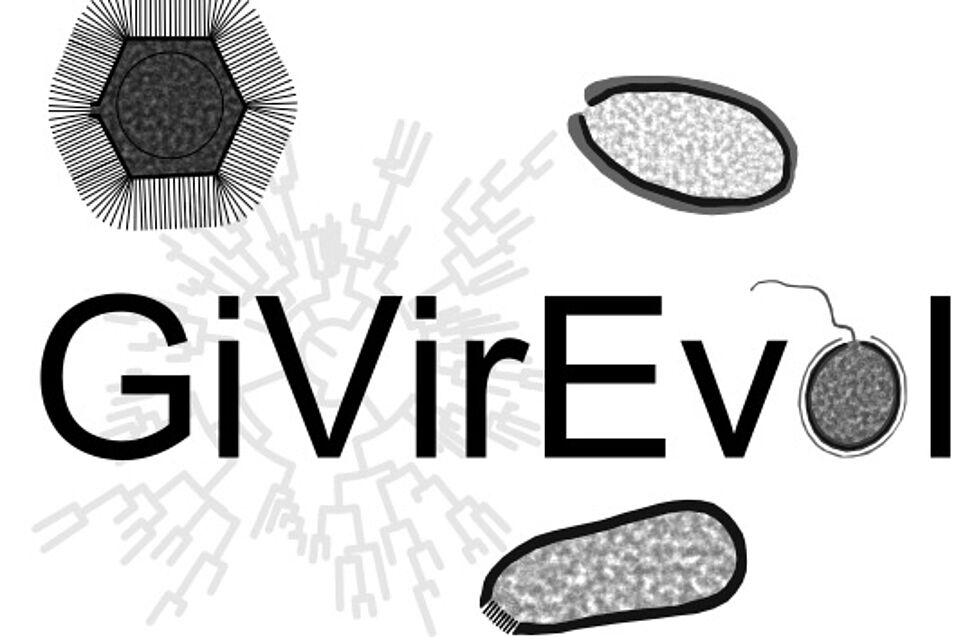For more than a century, viruses were considered tiny particles, fully dependent on their host cells to replicate. The recent discovery of giant viruses, containing unusually large genomes, challenged this assumption and blurred the sharp division between viruses and cellular life. Translation is what separates viruses from cells, as in general viruses lack translation-related genes and thus depend on the hosts’ translation system. However, many of the giant virus genomes encode a high number of translation-related genes, indicating that they are presumably more independent –in terms of translation– as compared to other viruses. This also indicates that giant viruses potentially infect and replicate in a broad range of hosts. Nonetheless, for most of the giant viruses, the precise host range and natural host species remain to be investigated.
In this project we investigate the host range and genome adaptation of giant viruses by combining in silico and wet-lab strategies. The project is based on the idea that, besides the number of translation-related genes, codon usage is a principal factor in the adaptation of viruses to their hosts, where well-adapted codon usage provides for superior viral fitness. Under this assumption this project has four main objectives: (i) examine whether giant virus codon usage preferences are evolutionary conserved, (ii) assess whether we can computationally predict giant virus host range, (iii) evaluate the in-silico predictions with laboratory experiments, and (iv) investigate the rate of giant virus genome adaptation through experimental evolution.
So far, the results of this project suggest that the number of translation related genes and codon usage preferences alone are not an accurate predictor for giant virus host range nor the rate of genome adaptation. The experimental data that we already have and that we are currently generating will aid us in defining the additional factors that we need to consider to be able to make more accurate predictions. By investigating the evolutionary relationships between giant viruses and their hosts in the context of codon usage preferences, we contribute to a better understanding of the factors determining host range and the evolutionary processes shaping giant virus genomes. Disentangling the connection between genomic content and host range will provide important knowledge in virology, evolutionary biology, genomics, and virus-host interactions.
This project has received funding from the European Union’s Horizon 2020 research and innovation programme under the Marie Sklodowska-Curie grant agreement No 891572.


